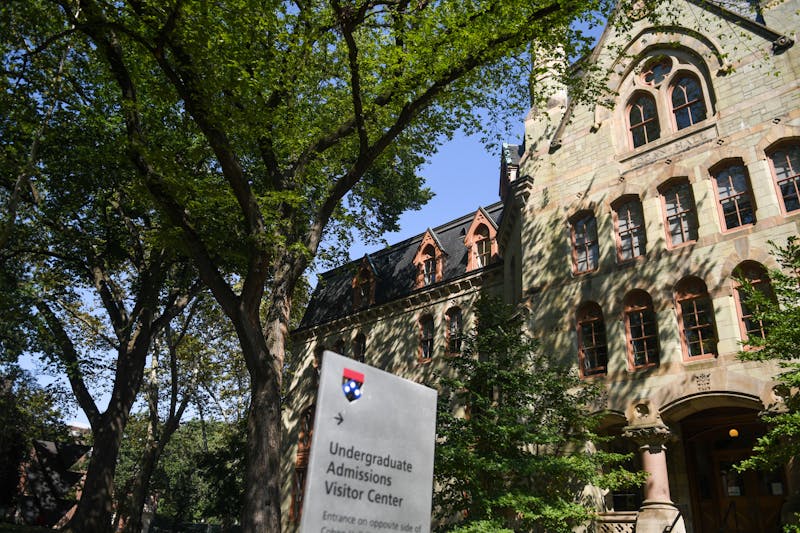As the University marches toward a sustainable future, Penn continues to make LEED certification a major initiative in its newly constructed buildings. But while institutions continue to strive for this goal, they are realizing that in order to build green, they must shell out some green in the process.
LEED, which stands for Leadership in Energy and Environmental Design, is a rating system established in 2000. In order to become LEED certified, a building must meet a checklist of sustainability features both in the construction and operation of the structure.
The cost of LEED certification, which may range between $30,000-$100,000, arises mainly from the bureaucracy in the certification process. The registration fee is less than $1,000, but the cost of keeping track of every aspect of construction accumulates.
"You have to have the contractor document everything," said University Architect David Hollenberg. That includes "where everything in the construction goes, where do they throw out the drywall. You have to pay them for the time they spend filling out these documents."
According to the LEED system, a building gets a point for sustainable initiatives, such as efficient stormwater management and renewable-energy use, up to a maximum of 69 points.
Buildings are then awarded silver, gold and platinum status according to how many points they acquire, with platinum status being granted to buildings with more than 53 points.
Hollenberg said the cost of LEED certification is dependent on the size of the project and the system in place for documentation but that it is usually in the tens of thousands of dollars for a University-scale project.
Penn officials said the cost hasn't deterred them from seeking LEED certification, but some institutions have considered alternatives to LEED, while others have avoided the process altogether.
According to Bob Francis, vice president of facilities at Drexel University, most colleges "pay attention to the principles of sustainability, whether we go for LEED or not."
Drexel hasn't decided yet whether it will seek LEED certification for a number of its sustainable campus-expansion projects.
While the benefits of LEED-certified buildings, such as energy and cost efficiency, are obvious, some have questioned the need for a certification system that merely recognizes projects for their sustainable design. But Penn officials still say LEED is worthwhile.
"It's the difference between taking a class pass/fail or for a grade," said Daniel Garofalo, Penn's senior facilities planner and the Delaware Valley Green Building Council chairman. "You learn more when you strive for an A."
Hollenberg said many institutions submit to LEED because it is the standard third-party reviewer for sustainable design.
"In the end, it is just a plaque on the wall, but you can't lead if you're not a part of a group," he said.
There are few alternatives for those who wish to avoid the costs of LEED.
The Green Building Initiative launched the Green Globes environmental assessment in 2004 as an alternative to LEED. This assessment is generally regarded to be more lenient than LEED in verifying the figures behind the building's construction, and thus the cost of certification is much lower.
The Daily Pennsylvanian is an independent, student-run newspaper. Please consider making a donation to support the coverage that shapes the University. Your generosity ensures a future of strong journalism at Penn.
DonatePlease note All comments are eligible for publication in The Daily Pennsylvanian.







